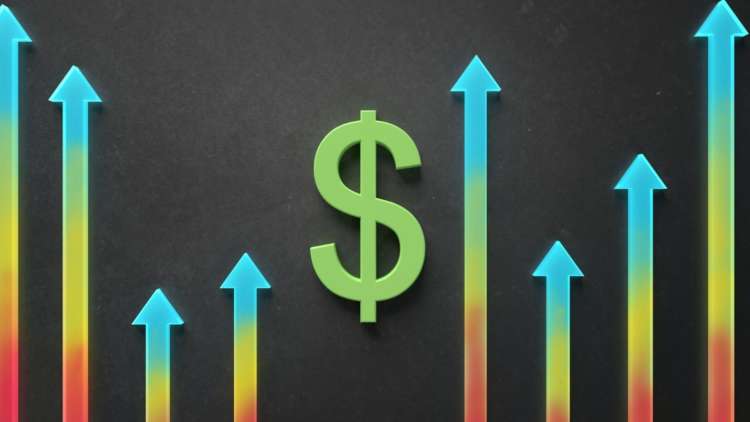Investing
High yield value trap: party over for high yield bonds as risk no longer rewarded

High yield bonds are no longer rewarding duration and credit risk correctly, argues RWC Partners’ Justin Craib-Cox, and investors should consider using convertible bonds to earn equity-like returns as volatility continues to affect markets.
Following an initial widening, high yield bond spreads quickly tightened in the wake of the initial coronavirus crisis, despite signs that economies have a long way to go and there may be more stress to follow.
With high yield bonds offering under-appreciated risks in the current environment, investors should look elsewhere for debt that has equity-like returns according to Craib-Cox.
“Bond markets are at a turning point, where taking credit and duration risk will not be rewarded as it was in the past,” says Craib-Cox.
“High yield bonds have enjoyed very strong risk-adjusted returns in recent years. That is because the environment has been broadly supportive, thanks to low rates, minimal interest burdens and muted volatility of outcomes. And with investors in need of income and having to allocate more to high yield, it becomes a sort of circular arrangement.
“So why was this period so good for high yield? Simply put, massive monetary support from central banks pushed interest rates lower and dampened volatility, and those conditions helped to limit defaults in high yields while pushing bond prices higher.
“Plus, risk preferences and an aging global demographic created more demand for bonds, providing a steady bid for more speculative credit. In other words, the bet of loaning money to shaky companies worked fine in this period, given that high yield issuers were largely able to repay or refinance their debts.”
But where the market stands today in the ‘New Normal’ is clearly different, Craib-Cox believes.
“Asset price volatility has increased with the more uncertain future following the Covid-19 pandemic, even with rates staying low and governments pledging fiscal support. Corporate defaults, particularly in the US, have crept up even before the coronavirus crisis began.”
Speculative-grade corporate default rates

Source: Moody’s Investors Services, 31st August 2020.
“The rapid spread of the pandemic caused a massive widening in credit spreads in March and April 2020, and a subsequent loss of capital for the sub-investment-grade bond market. As such, high yield does not look like a bargain anymore, with spreads recovering to pre-lockdown levels while the probability of defaults has plainly increased.”
“In a world of low rates and low volatility, issuers used the high yield markets with carefree abandon and no concern for extra leverage. Now that volatility and uncertainty have returned, simply adding another layer of debt to get through a rough patch doesn’t make as much sense.
“Overleveraged issuers are facing conditions vastly different to those they assumed when taking on debt, and investors accustomed to low defaults from this market are thinking again about exposure to this asset class.”
Craib-Cox argues investors in high yield bonds that have the flexibility to earn return through embedded equity options should consider convertibles, which have outperformed high yield this year.
Convertibles vs High Yield
1-year performance

Source: RWC Partners, 30th September 2020.
“While high-yield bonds are a one-way bet that a speculative issuer will not default, the embedded option to convert gives positive returns if stocks rally, but limited downside thanks to a bond floor.
“These structural features helped convertibles to outperform high yield, both when markets sold off in early 2020, and during the rally that began in April 2020.”
“In fact, from the year’s lows, convertibles recovered to pre-lockdown levels more quickly than high yield, and as of the end of September, convertibles are positive for the year while high yield remains negative.
“Issuers too are now choosing to use convertibles, with a record amount of issuance in 2020. Convertibles are being issued by companies that may be the stronger operators in a temporarily challenged sector, or looking to finance growth prospects, particularly in sectors such as IT where the pandemic has created opportunities in areas such as distance working and learning.
“With less representation from highly leveraged or cyclical sectors, many investment grade or equivalent convertible bonds, and a growth aspect to many issuers, the sector composition of the convertible market is also quite different to high yield, with potential diversification for credit.”

-
Banking3 days ago
Open Banking and Cross-Border Payments: Advancements and Challenges
-
Finance3 days ago
Cross-border payments: The key to global business success
-
Interviews3 days ago
Navigating the Transformative Banking Landscape
-
Finance3 days ago
An Overview of Exchange-Traded Funds (ETFs) and Their Benefits







